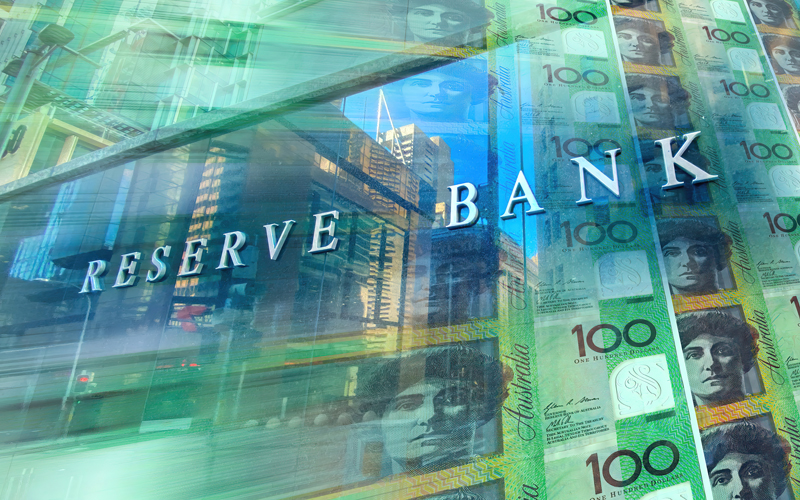This week the Reserve Bank (RBA) started to rebuild its credibility and get ahead of the inflation curve by lifting official interest rates by a higher than expected 0.5 per cent to 0.85 per cent… the biggest rate hike in 22 years.
It follows well behind similar rate rises by Central Banks in the UK, Europe, Canada, NZ and the US. By comparison the RBA has been way behind the rest of the world in reacting to inflation and a hot economy. As I said last week, the RBA has lost the confidence of the markets and average Australians as a result.
This week they’ve gone some way to rebuilding that confidence. And the consensus is that they’ll now hike rates another 0.5 per cent next month followed by up to three consecutive 0.25 per cent rises after that.
So with the cash rate now at 0.85 per cent, the Commonwealth Bank and Westpac reckon it will rise to 2.1 per cent by the end of this year and even higher next calendar year.
Most Australians will cope just fine
Of course, the RBA decision was met with mass hysteria in the media. I agree rising mortgage repayments coupled with much higher inflation (because of floods, the trade embargoes on Russia and China’s factories being locked down by COVID) isn’t ideal, but average Australian households are incredibly well positioned to cope.
Let me again recount a few appropriate facts:
- only a third of Australian households have a mortgage;
- of those, the overall share of borrowers under stress, with a loan of six or more times their income and a buffer of less than one month of minimum repayments, has actually declined since the beginning of the pandemic to just below 1 per cent… so, less than 1 per cent of borrowers would be under stress;
- and remember, every borrower taking out a mortgage has been assessed by their bank on their ability to make repayments with an interest rate of 5.5 per cent or higher than they borrowed at. Unless, of course, the borrower lied about how much they earn or spend in their household budget.
I’m a big fan of economist Stephen Koukoulas who made this point:
“Mortgage interest rates are still approximately 0.75 per cent below where they were in 2016… over which time house prices are up 45 per cent and household incomes are up 27 per cent.”
Plus Australia is experiencing basically full employment, so the jobs and income stream of borrowers is looking good.
If you’re experiencing mortgage stress
If you’re in the 1 per cent and you’re finding it hard to meet your new mortgage repayments, the first thing to do is contact your loan provider. They will have a program in place to help those experiencing hardship and can offer you support and solutions. You should also contact the National Debt Helpline on 1800 007 007 to seek advice.
WLTH founder Drew Haupt also offers these tips for anyone who is starting to experience mortgage stress:
1. Be realistic about what you can afford
Everyone wishes they could afford their dream home straight off the bat, but it’s not realistic for most Aussies. At the end of the day, there is no point putting yourself at risk of mortgage stress by taking on excessive amounts of debt.
2. Consider rentvesting
Rentvesting is where you buy and lease out an affordable investment property, then rent your ideal living property. It’s a win-win situation, where the profit you make from your investment property funds both the rent in your dream home and existing loan repayments.
3. Set up an offset account
Depending on your home loan provider, if you have an offset account set up you can link the funds in the account to your home loan. The money in your account reduces the balance of your home loan, so you pay interest on a lower balance.
4. Reduce unnecessary expenses
If you are struggling to meet your mortgage repayments, it’s probably a wise idea to assess where you can cut back your spending. Cutting costs across different spending categories can add extra cash in your kitty to put towards your loan repayments.
5. Look into split loans
It may be worth speaking to your home loan provider about splitting your loan. That way part of your home loan balance is charged at a variable rate and the other amount charged at a fixed rate. This option provides you with more flexibility with payments, based on what works best for your financial situation.




























Trending